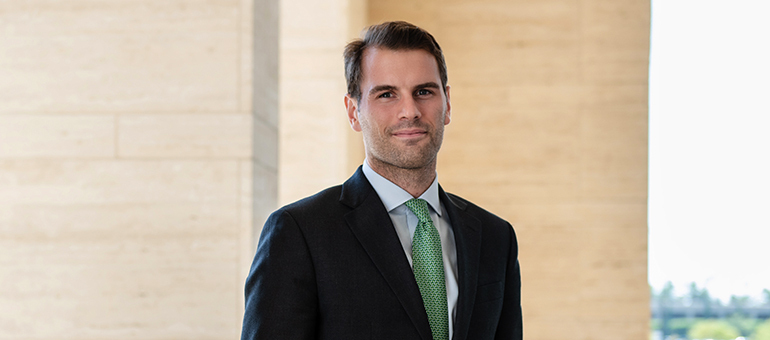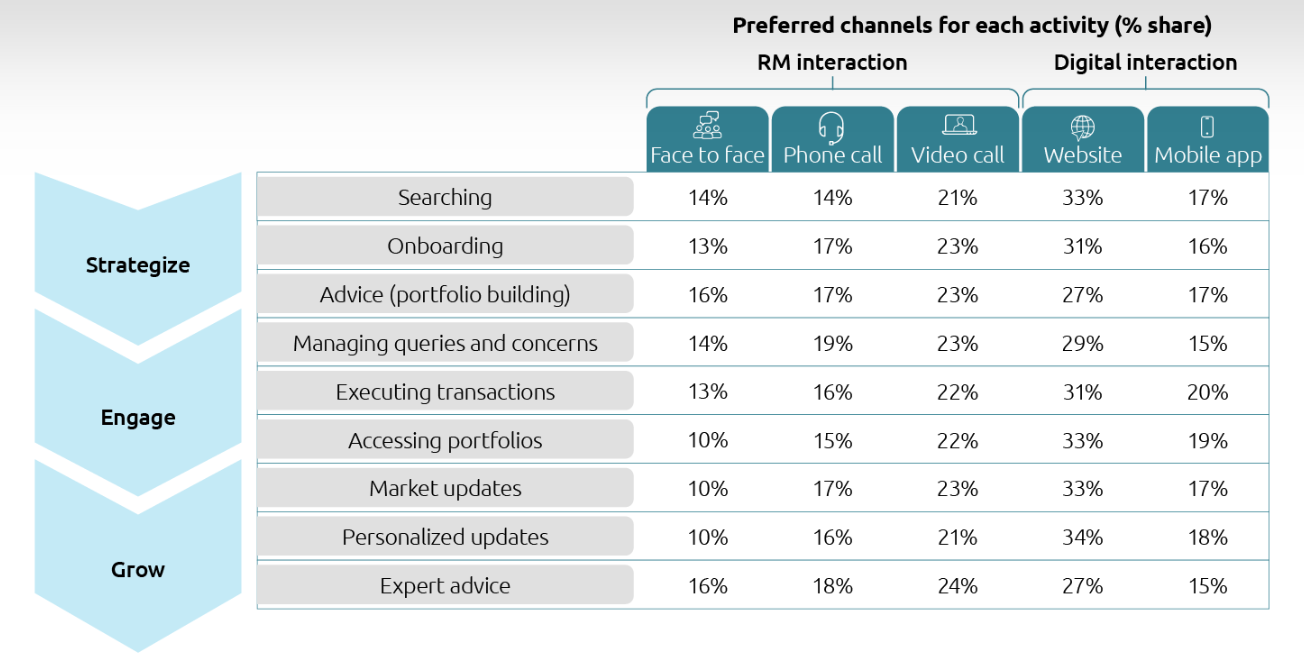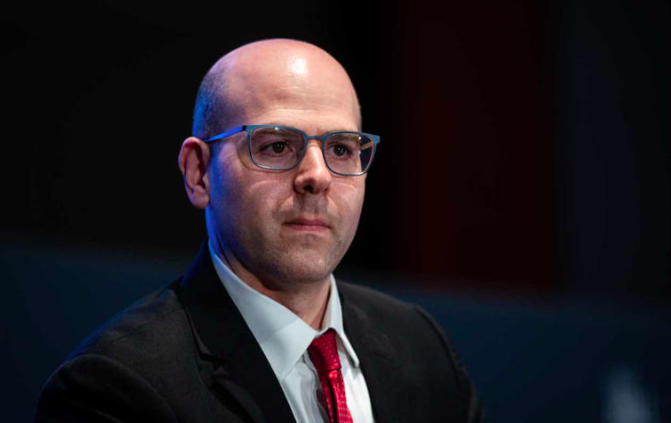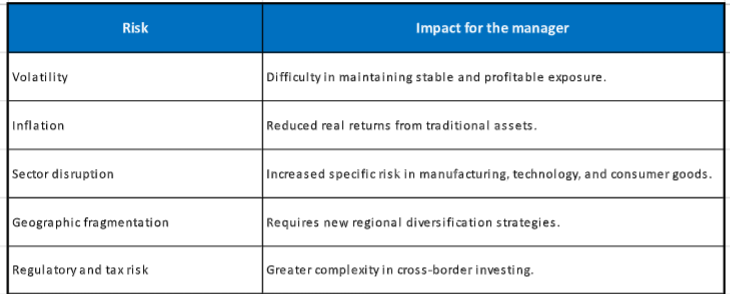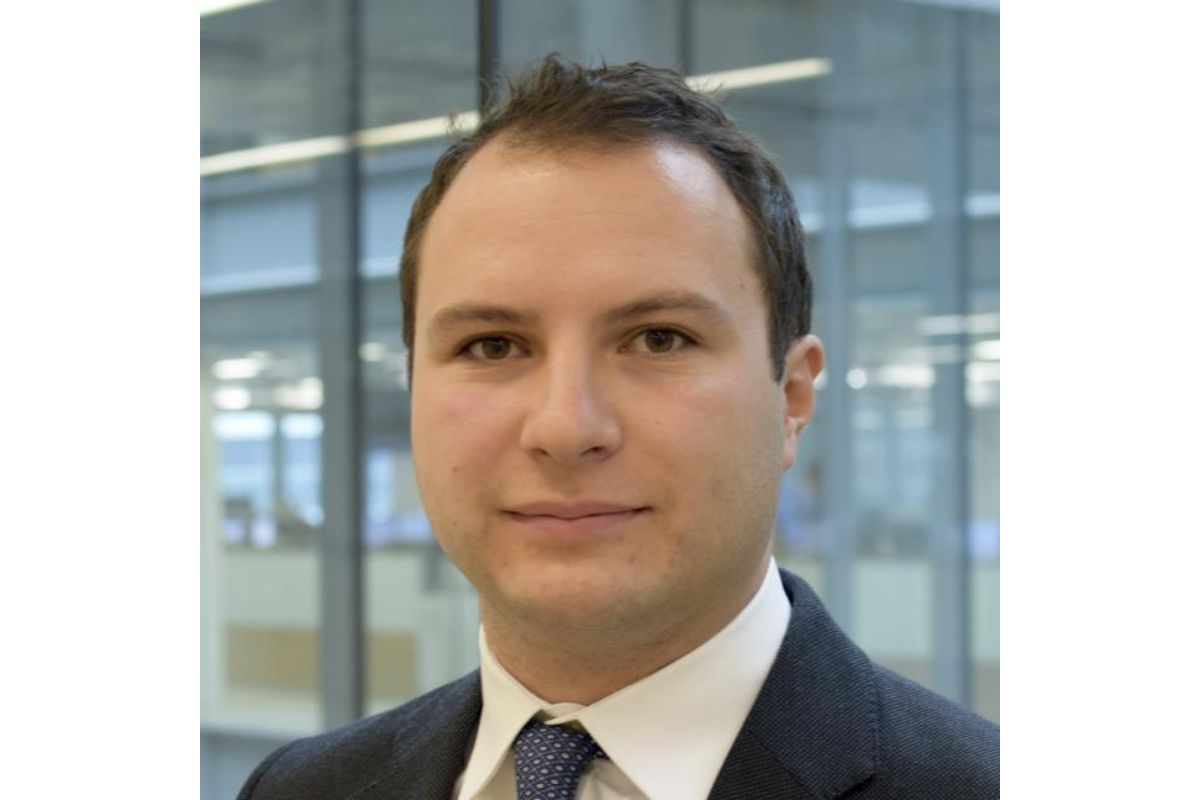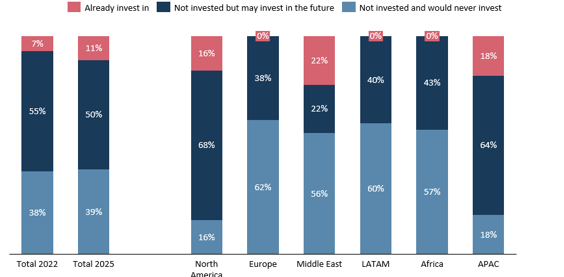Powell Follows the Script in Jackson Hole by Opening the Door to a Rate Cut in September
| By Amaya Uriarte | 0 Comentarios
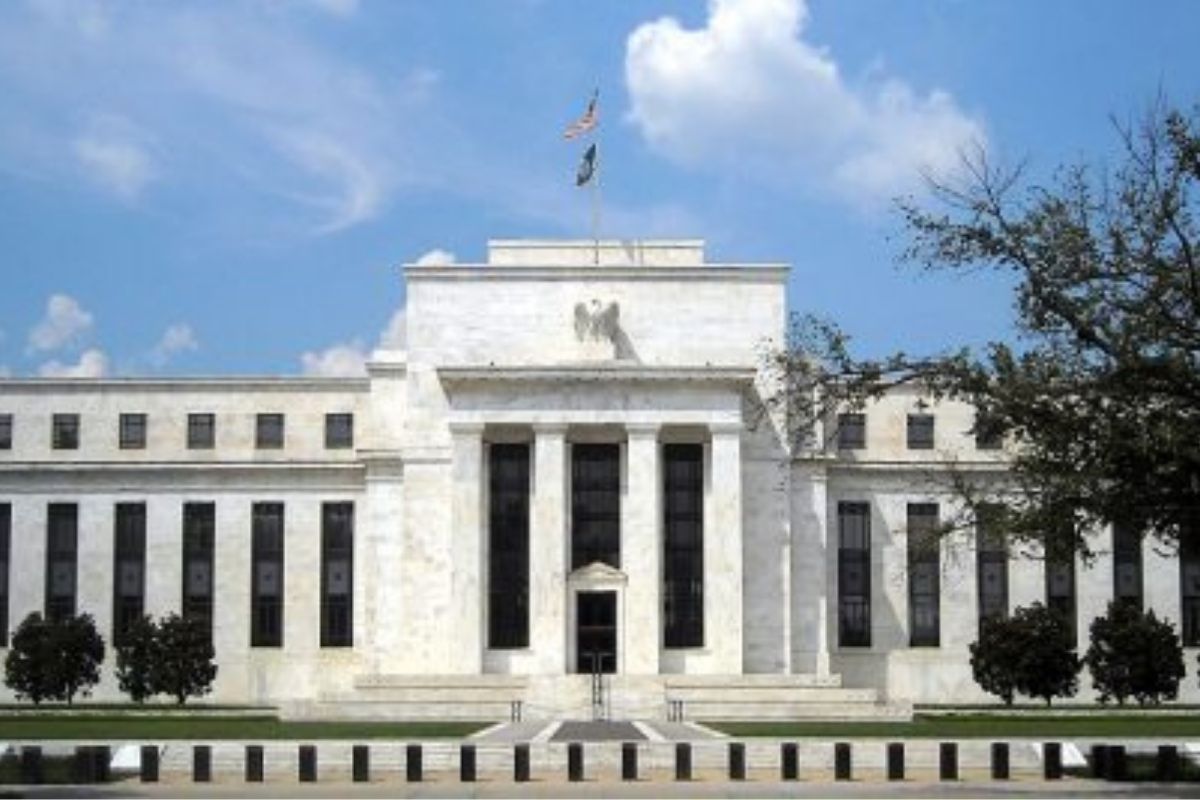
The most anticipated event of the week, the central bank symposium held this weekend in Jackson Hole (Wyoming), did not disappoint. In the most highly awaited speech, Jerome Powell, Chair of the Federal Reserve, signaled a potential interest rate cut, which would be the first under the Trump administration.
Commenting on Powell’s remarks, Richard Clarida, Global Economic Advisor at PIMCO, noted that the presentation of the revised monetary policy framework “did not disappoint markets, nor did it surprise Fed watchers,” as the U.S. central bank “appears to be on track to lower short-term interest rates, albeit with a cautious approach.” He considers the changes to the policy framework “sensible and well communicated,” while also highlighting “the Fed’s unwavering commitment to its mandate.”
For his part, Nabil Milali, Multi-Asset and Overlay Manager at Edmond de Rothschild AM, emphasized that before the conference, Powell faced the dual risk of disappointing investors hoping for a shift toward more accommodative policy and undermining the central bank’s credibility by appearing to yield to political pressure from U.S. President Donald Trump. However, the expert believes Powell struck “the difficult balance of opening the door to a rate cut at the September meeting, without at the same time fueling doubts about the Fed’s independence,” through two actions: generally well-measured communication and clear reasoning for future moves.
Milali pointed out that Powell stated that despite recent statistics suggesting an acceleration of inflation in both goods and services, he still considers tariff-related inflationary pressures to be only temporary. Additionally, he noted that the labor market is in a “particular situation,” marked by a decline in business demand as well as a drop in the supply of workers, meaning the unemployment rate “is not yet at alarming levels.”
Even so, the expert highlighted that although Powell’s remarks sparked strong risk appetite across asset classes—as evidenced by the narrowing of high-yield spreads and gains in U.S. equity prices—“the Fed’s decision remains heavily dependent on upcoming inflation data and, above all, employment figures, the latter being more than ever the true arbiter of U.S. monetary policy.”
Meanwhile, Bret Kenwell, U.S. investment analyst at eToro, acknowledged that prior to the symposium, markets were pricing in roughly a 75% probability of a U.S. interest rate cut in September. “Those odds should rise significantly following Chair Powell’s comments in Jackson Hole,” he said, explaining that investors got the response they were hoping for when Powell stated that current conditions “could justify an adjustment to our [restrictive] stance.”
However, Kenwell is also aware that the Fed is in a “difficult position,” with rising inflation and signs of deterioration in the labor market. “As economists have observed in the most recent data, the labor market can change quickly—a risk the Fed is highly aware of,” he noted.
Kenwell explained that if the Fed cuts rates too much or too soon, “it risks stoking the fire of inflation.” Conversely, if it moves too late or too mildly, “it risks deeper deterioration in the labor market and, consequently, the economy.” He concluded that “this delicate balance is precisely why the Fed finds itself in a difficult position.” That said, he has no doubt that once inflationary pressure affects employment, “the Fed is likely to step in to prevent further weakness in the labor market,” and that “it is unlikely the committee will stand by idly if we see further labor market weakness.”
The issue of Federal Reserve independence loomed in the background. In fact, Luke Bartholomew, Deputy Chief Economist at Aberdeen, believes that “the elephant in the room in Jackson Hole was the Trump administration’s attacks on the Federal Reserve.” At this point, he recalled that Powell emphasized the importance of monetary policy independence, but the expert is convinced that “Trump’s influence over central bank decisions is likely to increase from here.”
According to Bartholomew, “all signs point to the Senate attempting to appoint Stephen Miran to the Fed before September, where he would likely vote in favor of even more aggressive stimulus than the currently expected 25 basis points.” He also considers it possible that if the administration succeeds in removing Lisa Cook from her post, “another seat would open up.” Consequently, the Aberdeen economist stated, “Powell’s authority could begin to erode in the coming months, with markets paying increasing attention to the preferences of his potential successor. This could make it harder to anchor inflation expectations in a context of rising prices and add pressure on long-term Treasury yields.”
The Taylor Rule Under Debate
Beyond Powell, the most relevant contribution to the conference came from a presentation by Emi Nakamura, professor at the University of California, Berkeley, according to Karsten Junius, Chief Economist at J. Safra Sarasin Sustainable AM. In her speech, Nakamura explained why the Taylor Rule has performed poorly since 2008 and why it should not be strictly applied going forward—the Taylor Rule suggests that interest rates should rise more than proportionally to inflation.
Nakamura explained why and under what circumstances that is not necessary, allowing central banks to disregard certain potentially temporary shocks. A key factor, as the expert recalled, is how well-anchored inflation expectations are, “which in turn depends on the credibility of the central bank.” In her remarks, she warned that “the high degree of credibility is due in part to the Fed’s strong track record, but also to institutions such as central bank independence. These are valuable assets that can be destroyed much faster than they were built.”

